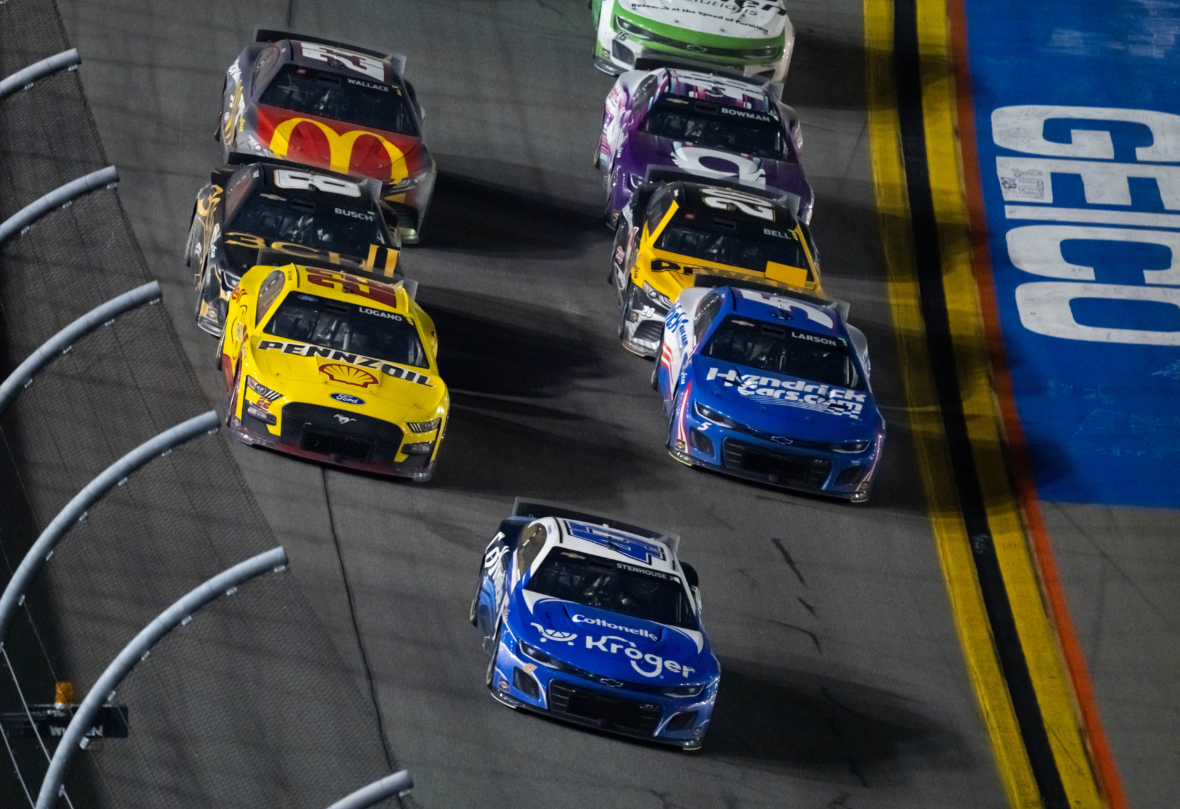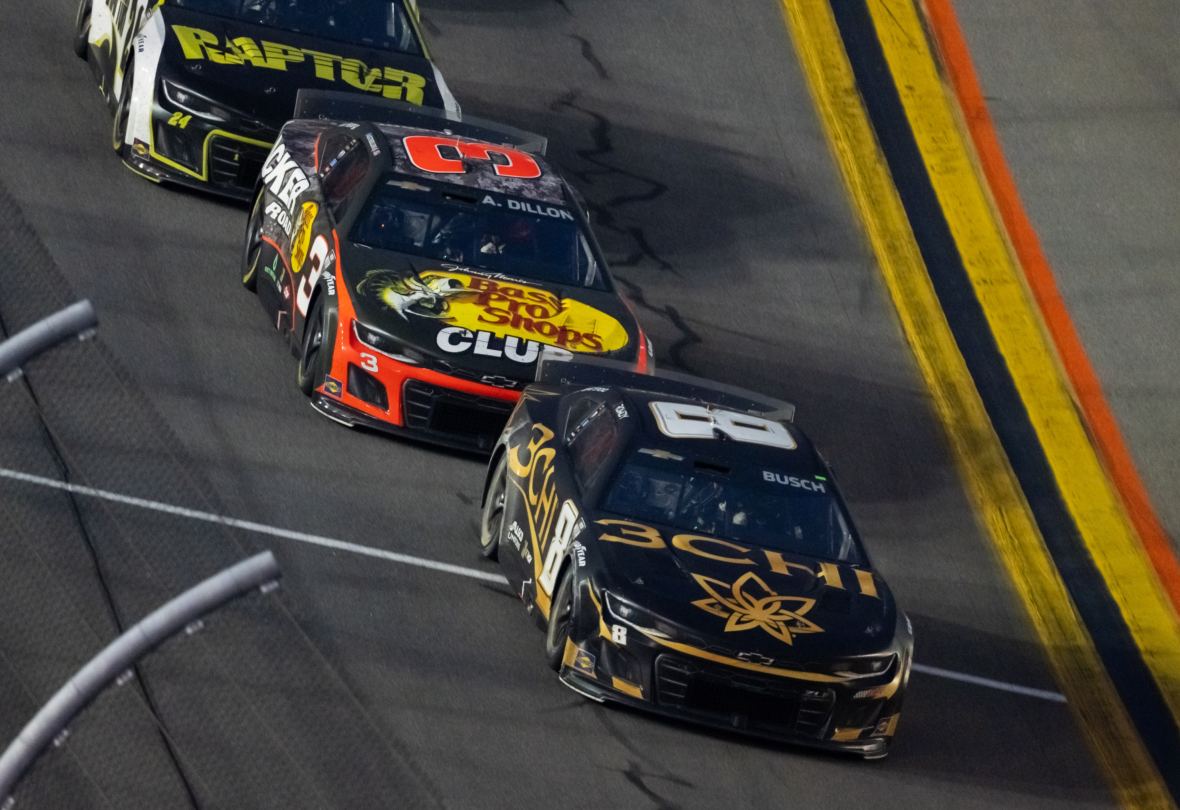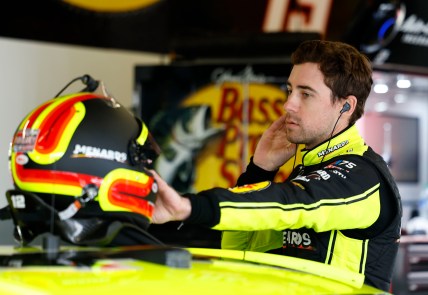NASCAR completed the 2023 Daytona 500 under caution after a massive accident on the last lap of the event. Ricky Stenhouse Jr., the driver of the No. 47 car for JTG Daugherty Racing, crossed the finish line as the winner with the yellow and checkered flags flying in the air.
What are the current rules for ending a NASCAR race in 2023 and what should the sport change moving forward?
Explaining NASCAR’s current system of ending races in 2023

There are a few ways to end a NASCAR race during the 2023 season. The most common situation that will be seen during the 36-race campaign will be the winner crossing the finish line under green-flag conditions at the scheduled finishing distance.
Another scenario will be when the leader takes the white flag for the final lap of the scheduled finishing distance and a caution comes out. This means the race will finish under caution due to the next flag after the white flag ending the event.
Finally, the last way NASCAR can end a race is during overtime. This means the race had a caution before the white flag but the event goes past the original scheduled finishing distance. A race can never be finished under yellow-flag conditions unless it comes out during the last lap.
There are unlimited attempts at overtime. Each overtime is two laps and if the leader hits the white flag, the next flag ends the event. If a caution flies before the white flag, another overtime will be put into place.
However, this has started to become controversial at some tracks, such as Daytona International Speedway and Talladega Superspeedway. What should NASCAR change within these rules moving forward?
Related: 3 takeaways from the Daytona 500 as Ricky Stenhouse Jr. claims the trophy
NASCAR needs to implement new rules at Daytona and Talladega

As stated above, the 2023 Daytona 500 finished under caution as Stenhouse Jr. brought his car across the line after a violent wreck that happened behind him. This situation meant that none of the races at Daytona International Speedway ended with green-flag conditions last weekend.
The moment the caution flag flew, the race was deemed over. It was a controversial end to the Daytona 500 specifically and started to bring up questions on whether the current system is the right way of going about it.
To answer that question, the current system is not the correct way to go about finishing a race, such as the Daytona 500. So, what should NASCAR do moving forward if that is not the correct way?
There is one easy solution. The idea is to scrap overtime completely on superspeedway tracks. There is simply more to lose than gain when it comes to overtime at Daytona and Talladega.
Most of the time, there are big wrecks that cost a lot of money out of the pockets of those in charge. They also significantly increase the threat of injuries. It’s simply a safety issue on superspeedway tracks.
NASCAR used to end at the scheduled finishing distance whether it was green or yellow-flag conditions. This is something the Indianapolis 500 and Formula 1 have done for many years and it has never truly been a significant problem if the rules are followed correctly.
Why tear up more cars, waste money, and put drivers at a higher risk of injury for more entertainment? The idea of overtime can stay in place for different tracks but superspeedway tracks are a different beast.
It can be argued that overtime could be utilized in different ways. These include restricting it to one attempt, not throwing the caution flag and keeping green-flag conditions after the white flag, and racing back to the line under caution on the final lap.
However, the idea of not having overtime on superspeedway tracks is simply the best solution. It won’t be as entertaining, people will criticize that races should not end under caution, and much more.
At the end of the day, the safety of the drivers should be the most important factor in the whole process. The entertainment factor of the superspeedway tracks would go down but the safety and money saved would significantly rise.
